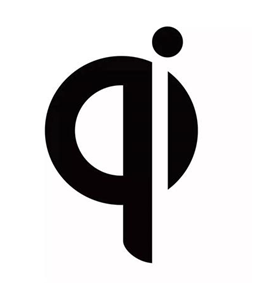
 您当前的位置:Our Services>
Certification Services>
Others
您当前的位置:Our Services>
Certification Services>
Others
Our Services


+86-769-83085888
+86 135 5499 1454


Wireless Charging qi Certification
Certification Introduction
The Wireless Power Consortium (referred to as the WPC Consortium) is a cooperative organization composed of a number of independent companies. The qi standard is an international standard established by WPC for compatible wireless charging cradles. Mobile phones, cameras, remote controls and all electronics with the qi logo will be compatible with all charging docks with the logo.

WPC Wireless Power Consortium
In the field of current commercial wireless charging of mobile phones, the qi standard of the WPC Alliance occupies an absolute advantage. As of August, 628 companies around the world have joined qi members, including Apple, Samsung, LG, Haier and other internationally renowned companies.
The "qi" logo belongs to the WPC Alliance. To use this logo on wireless charging products, you must first obtain the authorization of WPC. If it is used without authorization, it will be punished by WPC or face the removal of the product. In addition, after wireless charging products are certified by qi, all indicators meet the requirements of qi standards, which is also a guarantee of the quality of the product itself. Consumers using products that have passed qi certification are obviously safer and more reliable than those that have not passed.
To apply for qi certification for a product, the company first needs to register as a WPC member and pay membership fees. Members include small business members, ordinary members, fully qualified members and founding members. Different members pay different membership fees and obtain different rights. .
After the company applies to become a WPC member and pays the annual fee, it can apply for the authorization to use the "qi" logo, and send the corresponding documents of the company to the qi headquarters. After the approval, the authorization can be obtained.
qi Test Content
1. Compliance Test
ATL (Authorized Test Lab), conformity testing laboratory, currently has many choices in China. One of the at least 5 prototypes sent for testing will first be arranged for conformity testing, and the conformity test samples will be retained after the test is passed. ATL. The main test contents include:
A. The timing of the communication protocol between the transmitter and the receiver;
B. Test the power output capability through the translation of the XYZ axis;
C. The maximum supply capacity of energy transmission;
D. Foreign Object Detection FOD (Foreign Object Detection).
2. Compatibility Test
There are only two IOC (Interoperability Test Center) in the world, namely Belgium in Europe and South Korea in Asia.
After passing the compliance test, ATL will divide the other four samples into two groups and send them to laboratories in Belgium and South Korea for compatibility testing projects. The two samples are kept in the main IOC laboratory, and the other Two remain in the secondary IOC laboratory. After the compatibility test of the IOC laboratory is completed, the inspecting party can perform the action of "confirming completion" on the official website, and the product will be included in the WPC official website. Enter the product ID number on the official website to query, and the tested product will be retained. On the Test Bed.
According to WPC requirements, all test samples need to be tested for compatibility with all previously certified samples. For example, the tested product is a wireless charging transmitter, then it needs to be tested with all WPC certified receivers (including mobile phones). Compatibility testing. According to the qi test process, the submitted product must be sent for compatibility testing after the compliance test is passed. If the compatibility test fails, the sample needs to be brought back for rectification. After the rectification, it cannot be directly sent for compatibility testing, but needs to be re-tested for compliance testing and compatibility testing.